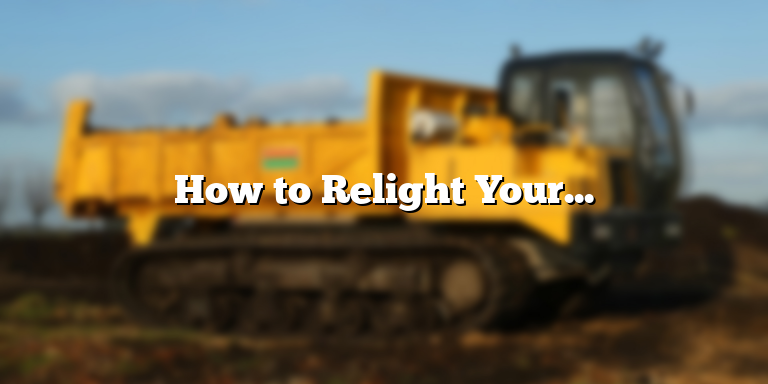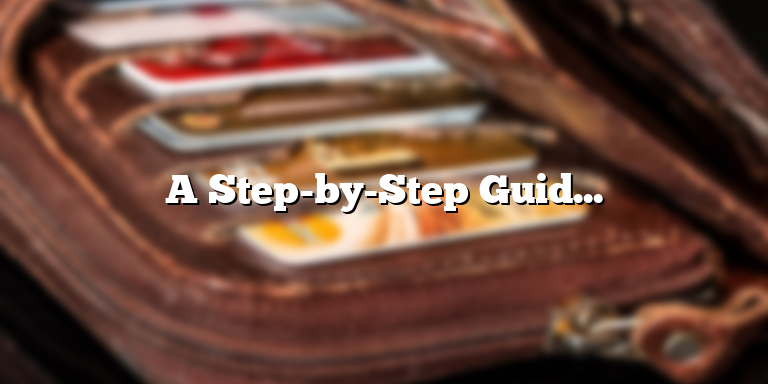
Understand the Basic Positioning
Before you start practicing how to stop on skis, it is important to understand the basic positioning. This position is the key to stopping on skis safely and effectively. The first step is to keep your body weight over the middle of the ski, with your knees slightly bent and your hips back. This allows you to balance your weight evenly between the ski edges and control your speed.
Ensure that your feet are positioned shoulder-width apart, and your skis are parallel to each other. If you point your toes inward, it can cause the skis to wedge, and you could lose control. Instead, keep your skis parallel to one another, with their edges flat on the snow.
It is essential to keep your hands in front of you, about waist height, and make sure they are aligned with your knees. Having your hands in this position helps you maintain your balance while making turns and stops. This position also enables you to use your poles to assist with stopping on skis.
If your body position is incorrect, it can cause the skis to slip out from underneath you, leaving you sliding out of control with no way to stop. Proper body positioning is the foundation for every skiing technique, including stopping on skis.
By practicing the proper body positioning and mastering it, you will be able to stop with ease and control on any terrain. Whether you are a beginner or an experienced skier, understanding this basic position will help you stay safe and confident while skiing.
Use the Wedge Turn
If you’re a beginner skier, the wedge turn is the first trick you need to master. It is the foundation of all other ski turns you’ll learn. The wedge turn, also known as the snowplow turn, involves creating a wedge shape with the tips of your skis, allowing them to glide and slow down. Here are some steps on how to stop on skis using the wedge turn.
First, stand with your feet shoulder-width apart, facing downhill. Keep your skis parallel and pointing straight ahead. Then, move your weight forward toward the front of your boots while gently pushing the inside edges of your skis outwards. You should feel your skis start to form a wedge shape. Make sure to keep your knees bent and your center of gravity low.
As you start to slow down, gradually decrease the angle of your skis by bringing your heels closer together. Your skis will start to move away from the wedge shape and become parallel once again. To come to a complete stop, bring your skis together until they are completely parallel and perpendicular to the slope, using the uphill edge of the skis to create resistance against the snow. Again, maintain a low center of gravity by bending your knees to keep your balance.
When practicing the wedge turn, start on a gentle slope until you feel comfortable and confident with the movement. Then progressively move onto steeper terrains as you improve your skills.
Remember, the key to executing the wedge turn effectively is to focus on the position of your body and the angle of your skis. Keep your center of gravity low, bend your knees and maintain a comfortable stance. With consistent practice, you’ll master the wedge turn and be able to control your speed and stop confidently on the slopes.
Choose the Right Slope
The first step to learning how to stop on skis is to choose the right slope. You need to find a slope that is wide enough to provide you with adequate space, and gentle enough to make the wedge turns easy. Fortunately, many ski resorts have designated areas for beginners, so look for the sign that says “slow skiing area” or “learning area.”
When you’re starting out, you want to avoid slopes that are too steep or crowded, as this can make it more challenging to stop or avoid other skiers. You also want to choose a slope that has good snow conditions, so keep an eye out for slopes that are freshly groomed.
It’s essential to choose a slope that matches your skill level, as attempting too difficult slopes before you are ready can be dangerous and put you at risk of injury. So take it easy, start on the bunny slope and keep practicing until you feel more confident.
Master the Snowplow
The snowplow is the most basic way to stop on skis, and mastering this skill is crucial for all beginners. To execute a snowplow, you need to turn your skis inward, forming a wedge shape like the letter “V”. By doing this, the friction between the skis and the snow will slow you down and eventually bring you to a stop.
To initiate the snowplow, start sliding down the slope and then gradually move your weight forward, which will push the tips of your skis together. By making this “V” shape, your skis will start to slow down, and you’ll come to a stop. Practice this technique until you feel comfortable and confident with it, before moving on to more advanced techniques.
Graduate to More Advanced Techniques
Once you have mastered the snowplow, you can move on to more advanced techniques to stop on skis. The next technique you can learn is the hockey stop, which is a more efficient and faster way to stop on skis. This technique is often used in hockey and requires you to shift your weight onto one ski while rotating the other ski outward.
Another technique you can learn is the parallel turn, which is a bit more complex to learn, but it can provide you with better control and stability while skiing. This technique involves turning both skis at the same time, keeping them parallel throughout the turn. This technique is recommended for skiers who are more experienced and feel comfortable with the basics.
Remember, the key to mastering any ski technique is practice, practice, practice. So keep practicing these techniques until you feel confident, and always be cautious when skiing on more difficult slopes.
Practice and Refine Your Techniques
Stopping on skis is a crucial skill for anyone who wants to feel in control on the slopes. However, as with any new skill, it can be intimidating and take time to master. With patience and practice, anyone can learn how to stop on skis safely and confidently. Here are some tips to help you refine your techniques and improve your stopping ability.
1. Start Slowly
If you’re just starting to learn how to stop on skis, it’s important to start slowly. Focus on perfecting the basic techniques before moving on to more advanced stopping maneuvers. Begin by practicing the snowplow, which is the most common method of stopping for beginners. Keep your skis in a “V” shape, with the tips pointing towards each other and the tails apart. Use your edges to control your speed and gradually apply pressure to slow down or stop completely.
2. Work on Balance
Balance is key when it comes to stopping on skis. Make sure your weight is evenly distributed on both skis and keep your body centered over your skis to maintain stability. Avoid leaning back too far, as this can cause your skis to slip out from under you and make it difficult to control your speed. Practicing exercises that improve your balance, such as standing on one foot, can also help improve your stopping ability.
3. Keep Your Eyes Forward
When you’re stopping on skis, it’s important to keep your eyes looking forward, rather than down at your skis. This will help you maintain your balance and control, as well as avoid collisions with other skiers. Keep your head up and your focus ahead, allowing your peripheral vision to guide you.
4. Practice in Different Conditions
Once you’ve mastered the basics of stopping on skis, it’s important to practice in different snow conditions. Try practicing on groomed runs as well as in fresh snow or on harder, icier terrain. This will help you develop a variety of techniques and build your confidence in a range of conditions.
Remember, becoming proficient in stopping on skis takes time and patience. Regular practice and refining of techniques will ultimately lead to a more enjoyable and safe experience on the slopes. So take your time, stay focused, and have fun with it!
Master the Advanced Techniques
Learning how to stop on skis is a beginner’s must-know technique. It is essential to know if you want to enjoy skiing without worrying about getting into accidents. Once you’ve mastered the basics, it is time to move onto advanced techniques that require more focus and dedication. In this section, we’ll look at the five advanced techniques to help you stop on skis confidently.
1. The Hockey Stop
The hockey stop is one of the most effective techniques to stop on skis. It works by turning both skis to a perpendicular angle from the direction of the slope while applying pressure to the edges to grip the snow. This technique requires strength, balance, and good timing to execute correctly. Start by skiing at a moderate speed, shift your weight to your downhill ski, and rotate both skis to a perpendicular angle before applying significant pressure on both edges to stop completely.
2. The Carve Stop
The carve stop is an easy technique that many skiers use to stop. It involves shortening the turns with your skis until they slide to a complete stop. This technique requires confidence, good balance, and control. Start by skiing in a wedge formation, gradually bring your skis together, and progressively shift your weight to your downhill ski. Keep your body compact, then apply pressure gently to the edges of your skis until you stop completely.
3. The Pivot Slip Stop
The pivot slip stop technique helps you stop in tight and crowded spaces. This technique works by sliding your skis sideways while keeping them pointed downhill. Start by skiing in a wedge formation, then move your poles backward and initiate a pivot slip by tipping your downhill ski slightly, sliding in a sideways motion while applying pressure to the snow with your uphill edge. Once your skis slow down, apply pressure equally and come to a complete stop.
4. Powder Stop
The powder stop technique works on soft snow or deep powder. It involves creating an uphill wall of snow from the pressure of your skis in the snow, which eventually stops your skis. Start by skiing in a diagonal line, with your downhill ski taking a lead. Keep your body compact, keep your skis parallel, and apply pressure on the uphill ski until it sinks into the snow. Let the snow pile up in front of the ski tip until you come to a complete stop.
5. The Stem Christie Stop
The stem Christie is an intermediate to advanced technique that is used to control speed and make a turn. It is useful when you’re skiing down steep slopes. To execute this technique, start in a wedge formation, make a turn by bringing your skis parallel, and then stem your uphill ski to control speed. Gradually shift your weight to your downhill ski and allow it to come to a stop.
With mastery of these advanced techniques, stopping on skis becomes more manageable, and you can ski with more confidence. Remember to practice these techniques frequently and ensure that you have the right gear and equipment before heading out to the slopes.






